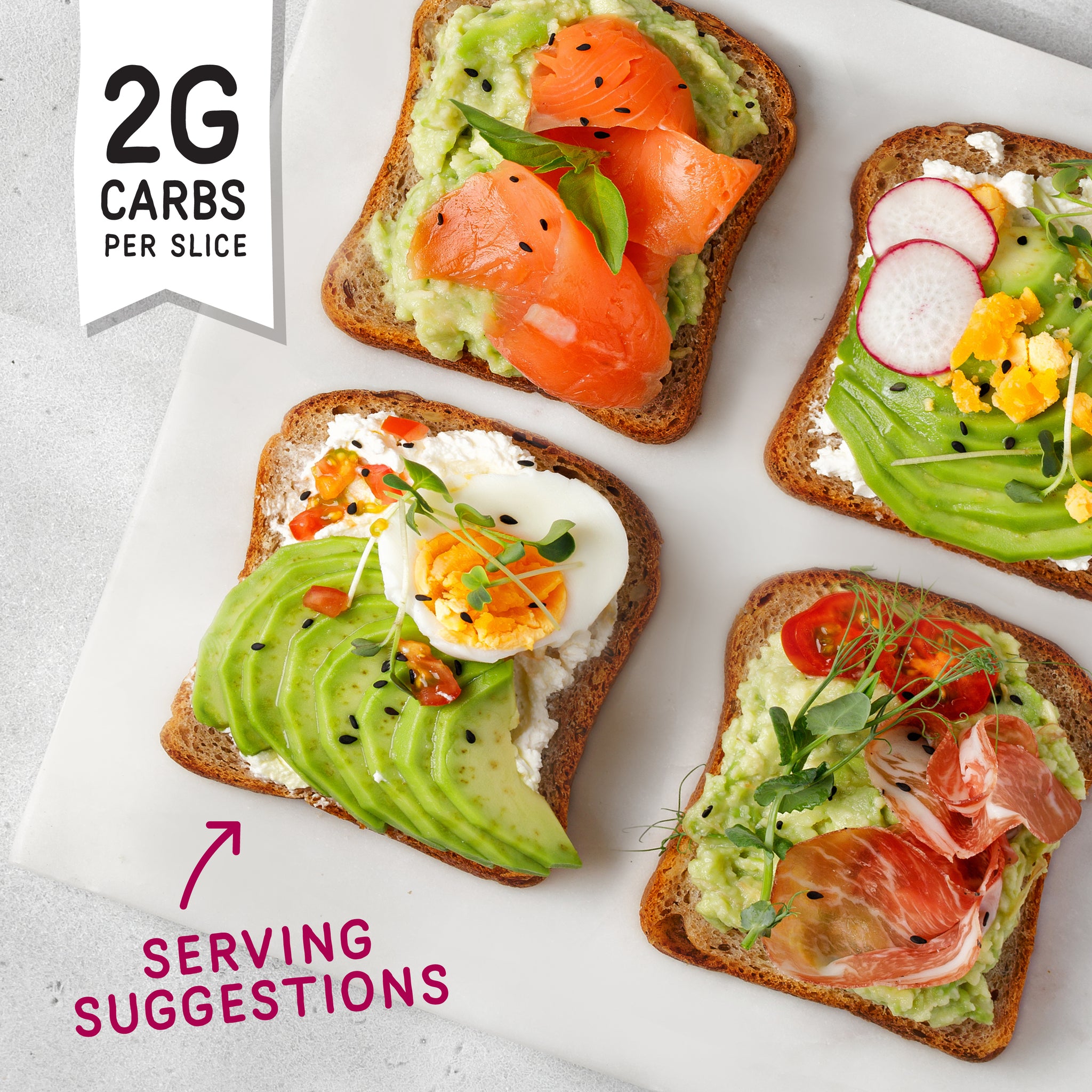Bread and the keto diet were regarded as incompatible for many years. Traditional bread is made from refined wheat, which is loaded with carbohydrates. Even a single piece of bread could impede ketosis by boosting blood sugar levels and forcing your body to burn glucose instead of fat. A lot of keto-friendly people avoided bread altogether, missing out on the convenience and pleasure it brought to every day meals. But the latest innovation in baking is changing the way we eat.
What is true Ketogenic Diet Bread?
Ketogenic bread isn’t just low-carb but designed strategically. Bakers replace carb-rich flours for coconut, almond or flaxseed meal, mixing them with eggs and protein sources from plants to make an item that is rich in nutrition and nutrient but is almost completely carb-free. One of the main features is the protein content. Typically, it’s about 7 grams per slice, which makes it not only keto-friendly, but also a great aid to muscle repair and appetite control.

Image credit: fitbakes.co.uk
It is equally important to consider the seed contents. Keto bread is stuffed with omega-3s and fiber due to seeds. These nutrients help improve cardiovascular health, digestion and satiety, allowing those who consume keto food to remain fuller without cravings. Contrary to other breads with low calories, which tend to compromise flavor, keto bread is focused on flavor as well as health.
Blood Sugar Management: The importance of Low Carb Bread
The bread with the lowest amount of carbs is more than just a healthy alternative, it’s also a potent tool to improve metabolic health. With just 1-2 grams of net carbs per slice, it assists to stabilize blood sugar levels, and reduces spikes and crashes that contribute to hunger, fatigue, and the long-term issue of insulin resistance. For diabetics this bread is not only convenient, but transformative. It provides the same sensory pleasure of eating bread as well as a healthy glucose level, which makes it an unorthodox combination of comfort and control.
Low-carb bread is also great for those who are calorie-conscious. With 63 calories in every slice, consumers can relish their breakfast toast or hearty sandwiches without feeling guilty. For those aiming to improve their weight loss, it can be an excellent way to satisfy cravings while keeping both carb and calorie intake to a minimum.
Bread on Keto is a Practical Everyday Solution
The expression “bread on keto” is no longer a sign of compromise. It’s an opportunity. Avocado toast served on seeded Keto bread is a great breakfast choice that offers healthy proteins, fats and fiber. You can still eat turkey and cheese sandwich for lunch at work without going over your carb limit. Comfort foods such as garlic bread that is low in calories can be eaten for dinner.
The bread’s versatility for ketogenic diet is one of its biggest advantages. It’s not just a dessert and a necessity for an enduring keto-friendly lifestyle. It can be used in every meal and eliminates the sense of being confined, which is what causes people to quit diets.
Why Keto Bread Is the Future of healthy eating
These breads will be the future of healthful eating for everyone, not only people who adhere to keto. Plant-based proteins, high fiber and omega-rich seeds are all ingredients that benefit everyone not just people who cut down on carbs. Keto bread is appealing to people who are looking for a healthier alternative to white flour processed.
As opposed to diet fads that appear like a temporary fad, keto bread is the most recent development in baking. It’s a solution to the real-world problem of how to enjoy bread without carbs, but also offering the long-term advantages.
The final sentence of the article is:
The ketogenic diet isn’t one of the wars. Thanks to innovation, ketogenic diet bread delivers the indulgence of a slice without jeopardizing ketosis. With the bread with the lowest carb content being available it is possible to take advantage of toast, sandwiches, and other snacks without worrying about breaking their low-carb goals. Bread that is ketogenic is more than just an alternative. It is the mainstay of modern nutrition, bridging traditional food choices and healthy lifestyles.


